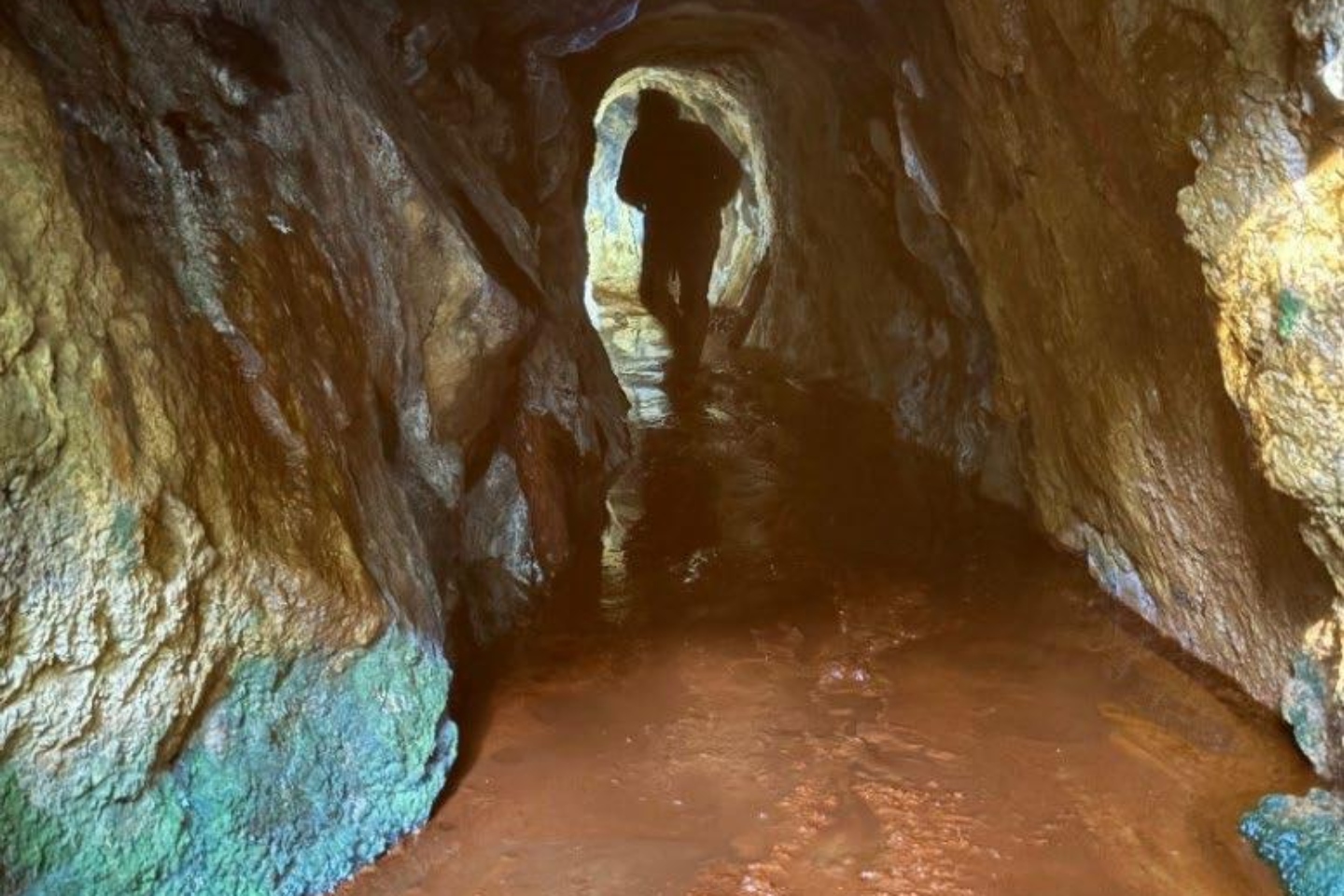Octava Minerals has launched exploration at its Federation copper, zinc, silver and tin project in Tasmania, re-opening historic ground last worked in the 1980s. The company has already tracked down Renison Associated Tin Mines’ old drill holes and adits at the Sweeney’s prospect, where previous sampling lit up with hits including 4.17 per cent zinc, 3.32 per cent tin and 1.23 per cent lead, pointing to untapped potential.


Octava Minerals is wasting no time breathing new life into one of the Apple Isle’s forgotten mining prospects, kicking off exploration at the company’s Sweeney’s copper, zinc, silver and tin prospect, part of its Federation project in western Tasmania.
It has been more than four decades since Sweeney’s last saw serious boots on the ground. However, Octava has now tracked down Renison Associated Tin Mines’ historic drill holes and underground workings and the grades those old timers pulled out still read like treasure maps.
Sweeney’s is in the southern part of Octava’s ground and sits close to multiple zinc, tin and silver deposits, including Heemskirk and the famed Renison Bell mine.
Renison Bell was discovered in 1890 by George Renison Bell and clocked in with a total resource of more than 40 million tonnes grading 1 per cent tin, making the mine one of the world’s largest known primary tin deposits.
Mined for over a century, it has produced over 200,000t of tin and still churns at least 10,000t a year from a 20-million-tonne resource at 1.18 per cent tin, under the stewardship of ASX-listed Metal X Limited and its 50 per cent Chinese joint venture partner Yunnan Tin Group.
Octava was first attracted to Sweeney’s by the lack of modern exploration since the late 1970s. Back then, Renison channel-sampled the prospect’s main adit at two-metre intervals, cutting through a 47m section that averaged 0.96 per cent zinc, 0.64 per cent tin and 7 grams per tonne (g/t) silver.
Some eye-catching high-grade flashes within that run included 4.17 per cent zinc, 3.32 per cent tin, 1.23 per cent lead and a 0.58 per cent touch of antimony.
Renison then drove 18 diamond drill holes into Sweeney’s, with 10 of them hitting meaningful sulphide zones. Standout intercepts included 23m grading 1.19 per cent copper, 1.70 per cent zinc, 121g/t silver and 1.17 per cent tin from 71m. Another hole struck 24m going 0.25 per cent copper, 0.52 per cent zinc, 42g/t silver and 0.27 per cent tin from 112m, while a third bored down into 31.4m grading 0.19 per cent copper, 1.92 per cent zinc, 31g/t silver and 0.62 per cent tin from 210m.
Curiously, the rigs then fell silent with no follow-up drilling, no modern geophysics, nor any attempt to trace the mineralisation at depth or along strike. Octava sees the timeline gap as a massive opportunity for it to apply the modern exploration tools that simply weren’t available to Renison.
Sweeney’s has never even seen an electromagnetic geophysical (EM) survey, despite the semi-massive sulphides being perfect conductors against the resistive host rock. That hands the junior a prime chance to pinpoint feeder zones and chase the mineralisation deeper.
Octava Minerals managing director Bevan Wakelam said: “We are onsite at Federation and have been able to locate all the old drill holes and workings. This visit has been essential for us in planning a significant drill program and the approvals process is already underway.”
The Federation licences sit on the flanks of the multiphase Heemskirk Granite, which pumped out hot metal-rich fluids during its final crystallisation stages. Large regional faults provided the plumbing that channelled those fluids into greisen-style zones rich in tin, zinc, silver and copper, which is exactly the style of mineralisation already seen at Sweeney’s.
The system remains open at depth and along strike, with early interpretations hinting that the shallow greisen zones might be hiding a much larger volcanic massive sulphide-style feeder system lurking beneath. In a nutshell, this is the sort of geological setting that can host large-scale, multi-commodity deposits.
Federation’s location also plays into Octava’s hand. The project sits just 12 kilometres from Zeehan, in a part of Tasmania already home to significant mining centres, processing facilities and hydroelectric power stations. Infrastructure, power and skills are all close by, which the company says is a welcome advantage for trying to keep costs down.
Meanwhile, Octava recently revealed excellent recovery rates from its promising Byro black shale rare earths project in Western Australia’s Gascoyne region, using microbes in a biomining culture to retrieve metals.
Working with European partner BiotaTec, the company achieved extraction rates of up to 75 per cent for the key magnet metals neodymium, praseodymium and dysprosium, along with about 40 per cent of lithium, vanadium and terbium.
The long-awaited results were eagerly grabbed by the market, with Octava’s stock rocketing to 6.9 cents per share on heavy trade, doubling in value overnight.
Octava has positioned itself as a hunter of “new energy metals”, with four projects spanning copper, zinc, rare earths, lithium, nickel and antimony across Tasmania and WA. But Federation looks set to steal the spotlight right now.
With modern exploration about to lift the curtain on a prospect last properly tested when disco ruled the charts, punters are likely to be watching closely to see whether Octava can turn Sweeney’s historic hits into tomorrow’s resource.
Is your ASX-listed company doing something interesting? Contact: matt.birney@businessnews.com.au












